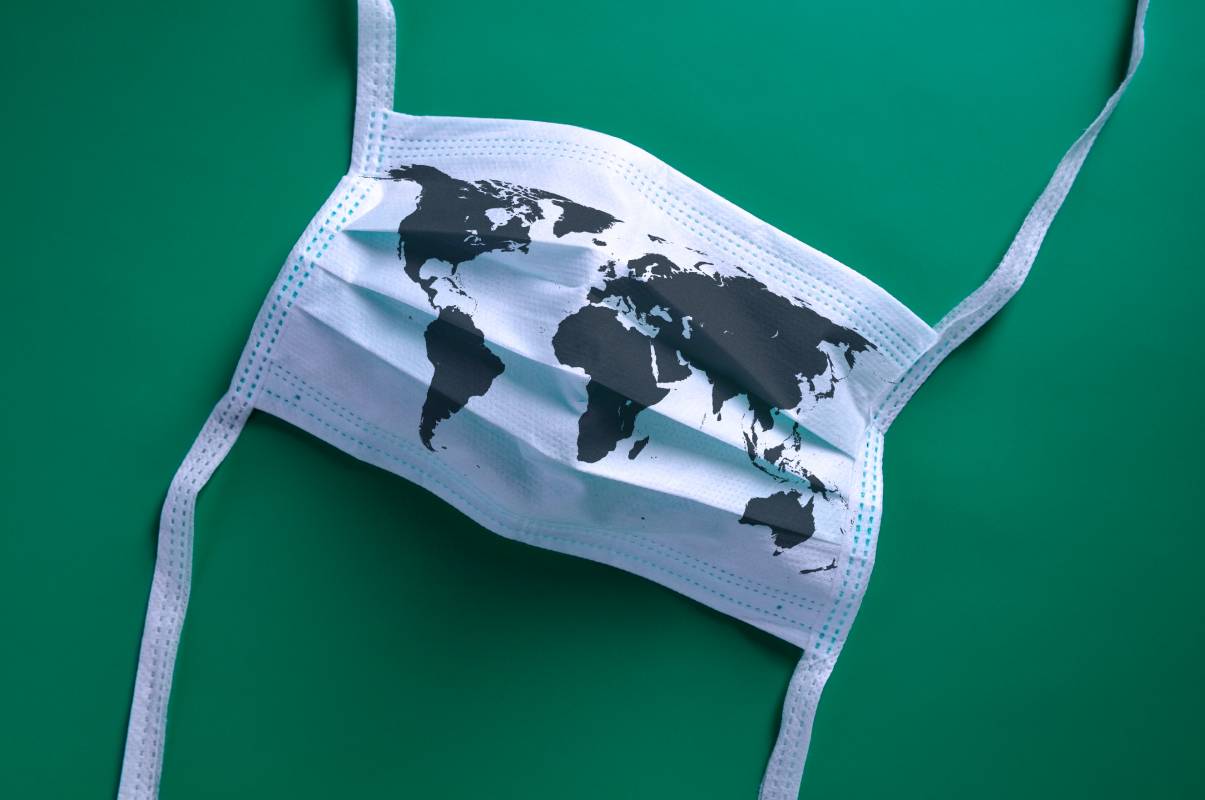The COVID-19 pandemic began to shake the world in early 2020, affecting every country since. As of mid-April, COVID-19 has resulted in nearly 1 million deaths in the United States alone, and over 6 million deaths globally [1]. Despite the speed at which vaccines and therapeutics have been developed, increasingly transmissible variants have sparked new waves of disease that have pushed many health systems to the brink. In addition, many survivors continue to suffer serious long-term consequences after recovery. The International Monetary Fund estimates that, if COVID-19 becomes endemic, global economic losses could surpass $5 trillion by 2026 [2].
COVID-19 currently infects tens of thousands of individuals per day in the United States alone [3], and hundreds of thousands per day worldwide [4]. Nonetheless, phenomenal progress has been made in the treatment of COVID-19 patients.
Monoclonal antibodies
The Food and Drug Administration (FDA) authorized a monoclonal antibody treatment, bebtelovimab, that may be used to treat non-hospitalized adults and children over the age of 12 with mild to moderate symptoms who have recently tested positive for COVID-19 and are at risk of developing and/or being hospitalized for severe COVID-19. Bebtelovimab is effective against the now most common SARS-CoV-2 variant in the United States, variant BA.2.
Antiviral pills
In addition, the FDA has also authorized two antiviral pills for the treatment of COVID-19. The first was the oral antiviral pill Paxlovid, based on data from Pfizer showing that Paxlovid reduces the risk of COVID-related hospitalization and death as compared to a placebo. The second was the Merck-manufactured drug molnupiravir, which can currently only be prescribed in situations in which other COVID-19 treatments are either inappropriate or inaccessible [5].
Critically, the effects of COVID-19 have been dampened globally thanks to increased vaccination rates across the world. Today, over 80% of Americans aged 5 and over, i.e. over 250 million individuals, have received at least one dose of a COVID-19 vaccine. Meanwhile, over 11 billion vaccine doses have been administered worldwide, including over 1.7 billion additional doses or boosters. As a result, nearly 60% of the world’s population is fully vaccinated [6]. This said, tremendous inequity persists, as, depending largely on a country’s economic status, vaccination rates range from 1-70% around the world.
SARS CoV-2 variants have continued to emerge, causing surges of disease and slowing or even reversing the reopening of societies and economies. Today, the world remains particularly threatened by the rise of the SARS-CoV-2 Omicron variant. It appears to carry a greater risk of reinfection and it remains uncertain how effective current vaccines are. In this light, COVID-19 continues to incur a high risk of infection surges, with potentially dramatic repercussions in certain regions [7]. Shanghai, for example, is currently entering its third week of lockdown [8].
Global herd immunity may be reachable by mid-2022 based on select strategies as laid out by the World Health Organization (WHO). Alongside increased vaccination rates, supportive macroeconomic policies in the major world economies have been supporting, overall, the global economic recovery [9].
While the COVID-19 pandemic has shaken the globe, thanks to a rapid vaccination campaign and swift health care developments, the world remains on a positive road towards recovery.
References
1. WHO Coronavirus (COVID-19) Dashboard | WHO Coronavirus (COVID-19) Dashboard With Vaccination Data. Available at: https://covid19.who.int/.
2. Strategy to Achieve Global Covid-19 Vaccination by mid-2022.
3. CDC COVID Data Tracker: Home. Available at: https://covid.cdc.gov/covid-data-tracker/#datatracker-home.
4. COVID Live – Coronavirus Statistics – Worldometer. Available at: https://www.worldometers.info/coronavirus/.
5. Treatments for COVID-19 – Harvard Health. Available at: https://www.health.harvard.edu/diseases-and-conditions/treatments-for-covid-19.
6. Coronavirus (COVID-19) Vaccinations – Our World in Data. Available at: https://ourworldindata.org/covid-vaccinations?country=OWID_WRL.
7. Araf, Y. et al. Omicron variant of SARS-CoV-2: Genomics, transmissibility, and responses to current COVID-19 vaccines. J. Med. Virol. 94, 1825–1832 (2022). doi:10.1002/jmv.27588.
8. Shanghai residents bristle as a lockdown enters a second week with more testing. – The New York Times. Available at: https://www.nytimes.com/2022/04/10/world/asia/shanghai-lockdown-zero.html.
9. The coronavirus effect on global economic sentiment | McKinsey. Available at: https://www.mckinsey.com/business-functions/strategy-and-corporate-finance/our-insights/the-coronavirus-effect-on-global-economic-sentiment.


